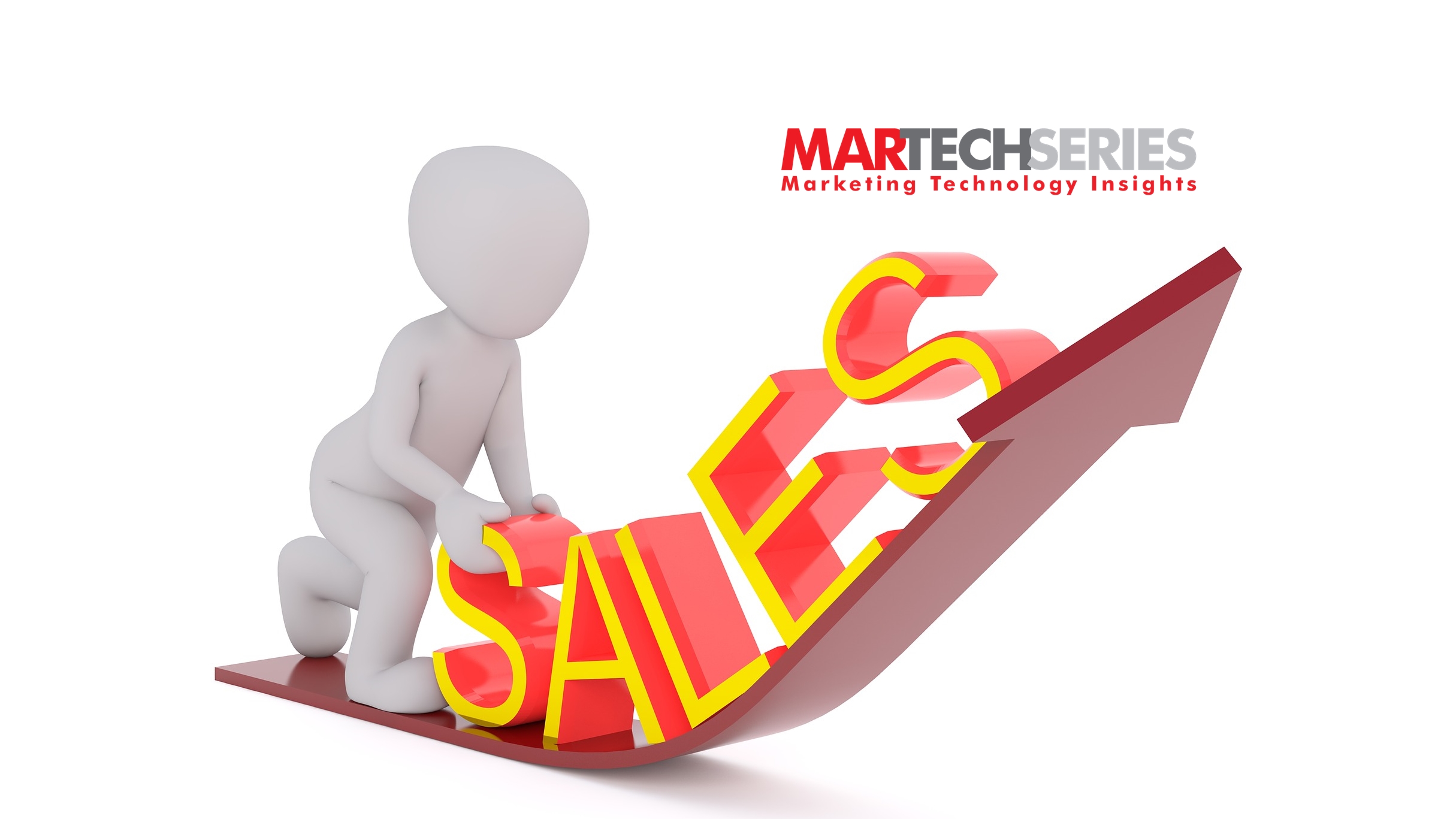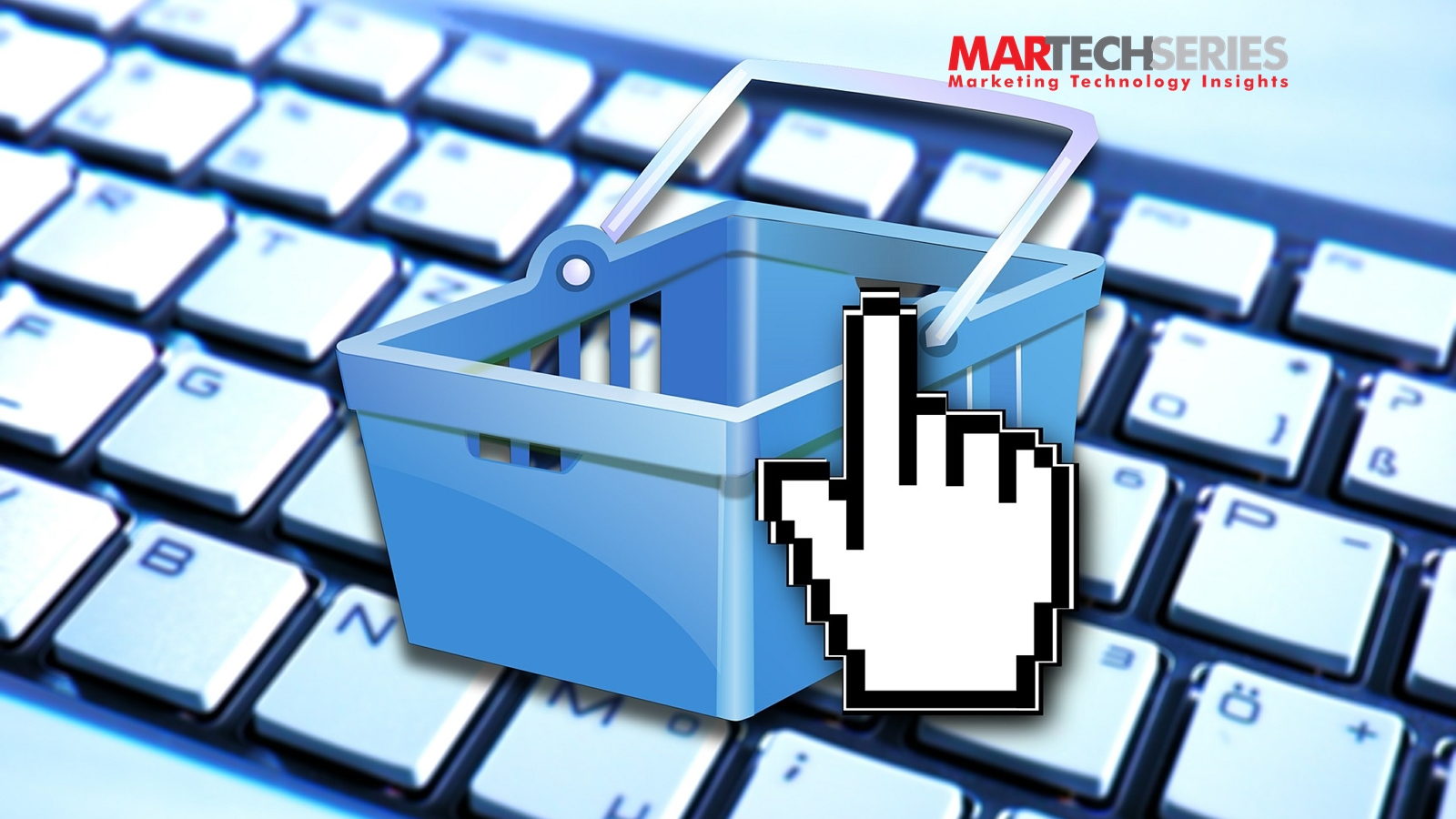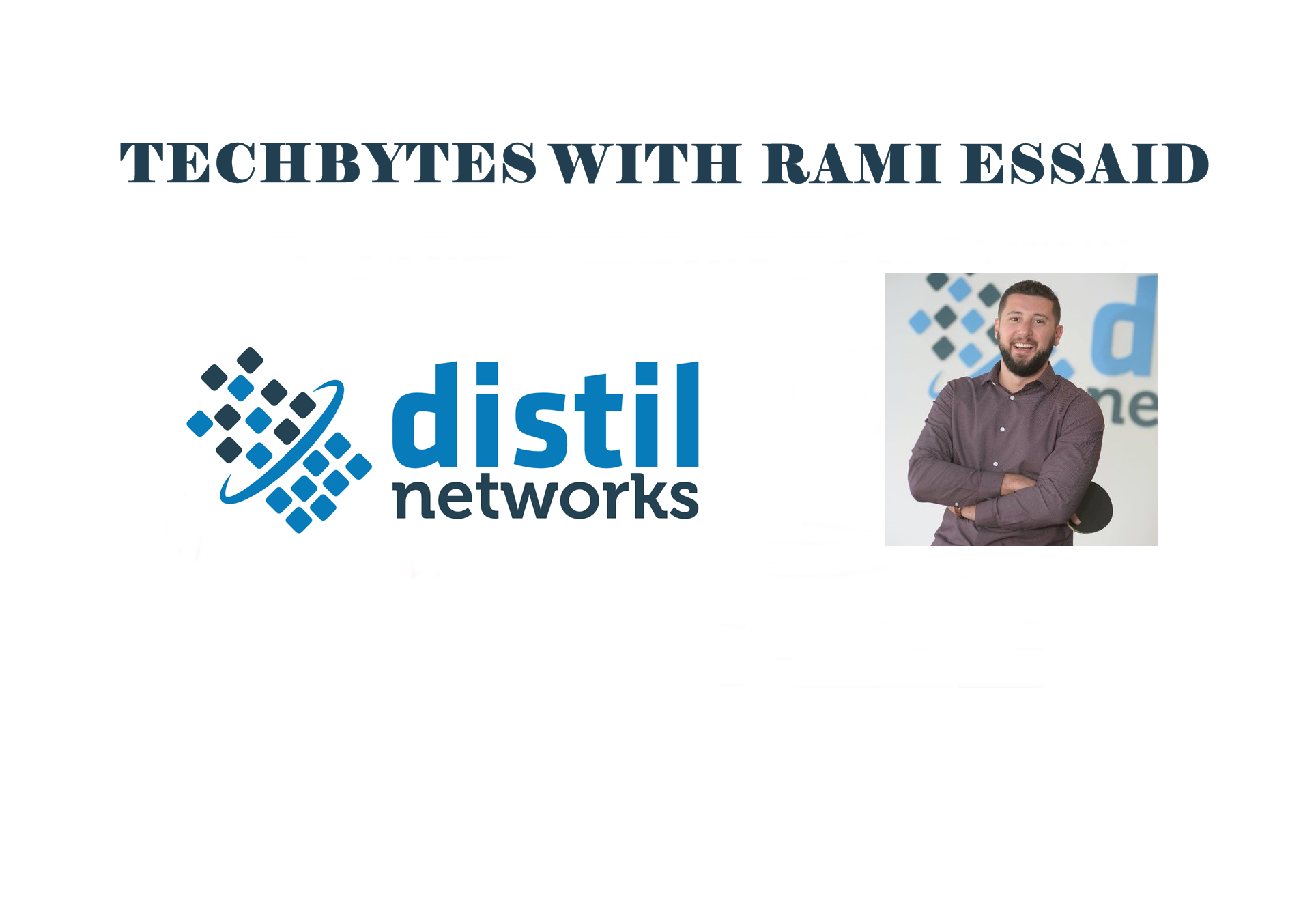
Predictive Analytics Usage Is Set For Tremendous Growth. In This Blog, We’ll Look At Some Of The Top Reasons Why Companies Are Bringing Predictive Selling Into Their Sales Technology Lineup.
Predictive analytics is designed to forecast prospects’ future behavior and decisions. As we all know, what’s true today is not necessarily going to be true six months from now. Prospects’ priorities change. Their business challenges shift. The right predictive analytics solution will give you complete visibility into your dynamic buyer universe, even as the landscape continues to evolve.
Just what is predictive selling? Simply put, it’s the ability to more precisely forecast a customer’s future behavior regarding purchase decisions- What will they buy, and when will they buy, based on their past behavior. Of course, there’s no sure-fire way to foretell the future, but predictive analysis can give valuable insight into the probabilities.
Four Reasons You Need Predictive Selling
What can predictive analytics do for your sales? Take a look at the following four benefits of using predictive selling:
Boosting Sales, Not Marketing Spend
Predictive analytics gives your company the information needed to reach customers with the right message at the right time. How does this work? By monitoring buying signals from your marketing technology stack and third-party data sources, predictive analytics accurately determines the buying stage of accounts and prospects. This data gives sales teams a way to implement data-centric scoring models to surface and prioritize their contacts.
The bottom line is that by analyzing customer behavior you have a better idea if their next probable action will be a purchase or not. You can use this input to create a more realistic plan and budget spend wisely.
Targeting the Right Decision Makers
Most sales teams can only be sure that a prospect is planning to purchase when that person reaches out themselves. As a result, sales waste time and money on untargeted tactics, hoping that broad blasts will spark enough engagement to stimulate demand and help nurture prospects through the sales funnel.
Conversely, predictive analytics uses sophisticated modeling to accurately identify targets as they’re entering the buying journey. This allows sales teams to reach the right members of the decision team with relevant messaging and calls-to-action.
Learning from Past and Present
When using analytics to assess your company’s performance, the majority of standard methods merely sum up past success or failure. But predictive analytics can learn from previous experiences, understanding mathematical trends and patterns among your data and using them to anticipate possibilities — some of which might be unexpected.
Plus, the capability to integrate social data and unstructured textual data provides profound knowledge of how consumers engage with social media and how they impact others in their social connections. This brings about the opportunity to predict churn or prospective customers based on historical data.
Guidance on next-best-action
Predictive models will help take the guesswork out of what to do next for each contact. It provides specific direction on whether to call, send an email, engage on social media or schedule a meeting to connect more successfully.
Intelligent predictions specify which products or services individual contacts are likely to purchase next. AI based insights send recommendations on how to keep buyers engaged with relevant conversation topics, KSPs and offers customized for a specific deal opportunity.
Is It Time to Reframe Your Company’s View of Predictive Analytics?
It’s important to understand how data can drive results. The best predictive analytics tools help you:
- Identify prospects early in the buying process, before the competition gets to them
- Determine the buying stage of all your accounts — both existing and net-new
- Shed light on the most important contacts in those accounts: the true decision makers
- Decide which prospects to pursue, when to pursue them, and how to promote engagement to establish a relationship
- Keep the buyer engaged with relevant products, services and conversation topics
As a result, revenue goes up. Win rates go up. Customer satisfaction goes up. Business booms.











